#national aeronautics and space administration
Text
Like some hobbits, a wee Martian helicopter received a special honor.
The final resting place of NASA's Ingenuity, grounded after its last flight on Jan. 18, now has a new name bestowed from fans of fantasy.
"The Ingenuity team has nicknamed the spot where the helicopter completed its final flight 'Valinor Hills' after the fictional location in J.R.R. Tolkien's fantasy novels, which include 'The Lord of the Rings' trilogy," NASA officials wrote on Monday (Feb. 6).
Continue Reading.
#Science#Space#Astronomy#Ingenuity#Mars#Lord of the Rings#LOTR#NASA#National Aeronautics and Space Administration
316 notes
·
View notes
Text
Reach for the Stars!🚀🌕
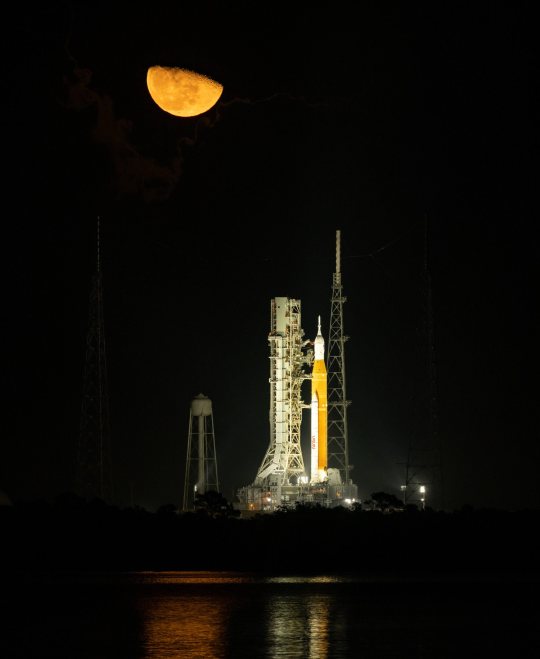
8.8 million pounds thrust for RS-25 Engine

Artemis jumping over the moon!
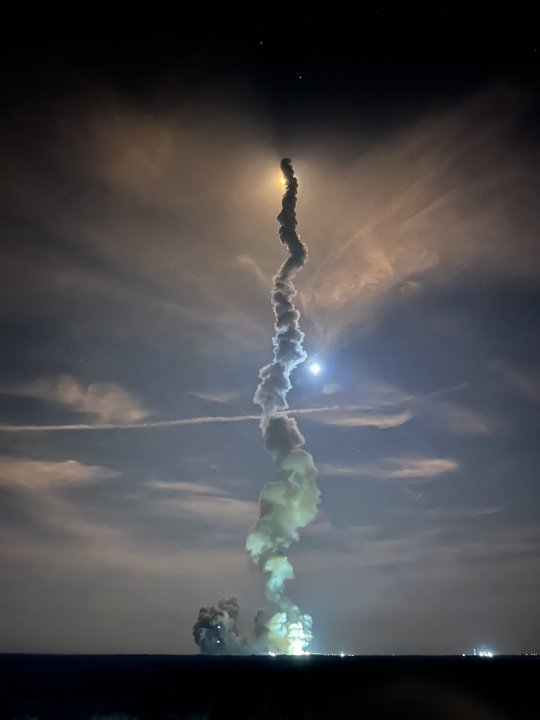
©NASA
#amazing#we are going#sls#artemis#mission#launch#photography#earth#space#nasa#exploration#astronaut#tumblr#awesome#science#national aeronautics and space administration#video#moon#sky#clouds#galaxy#sun#solar system#planet#perfection#kennedy space center#mars#artemis i#shot
1K notes
·
View notes
Photo

Richard Danne & Bruce Blackburn / Danne & Blackburn / National Aeronautics and Space Administration (NASA) / Graphics Standards Manual – Index / Brand Guidelines / 1975
#richard danne#bruce blackburn#danne & blackburn#national aeronautics and space administration#nasa#graphics standards manual#index#brand guidelines#1975#guidelines#typography
94 notes
·
View notes
Text

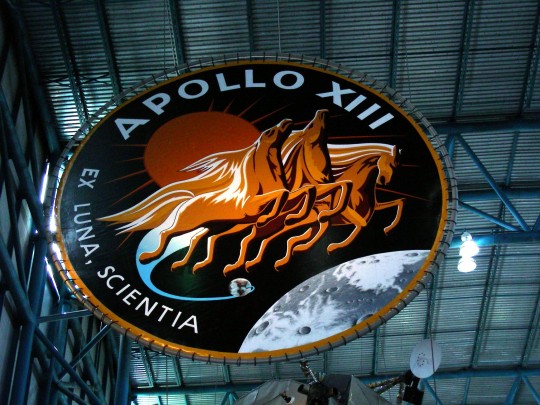

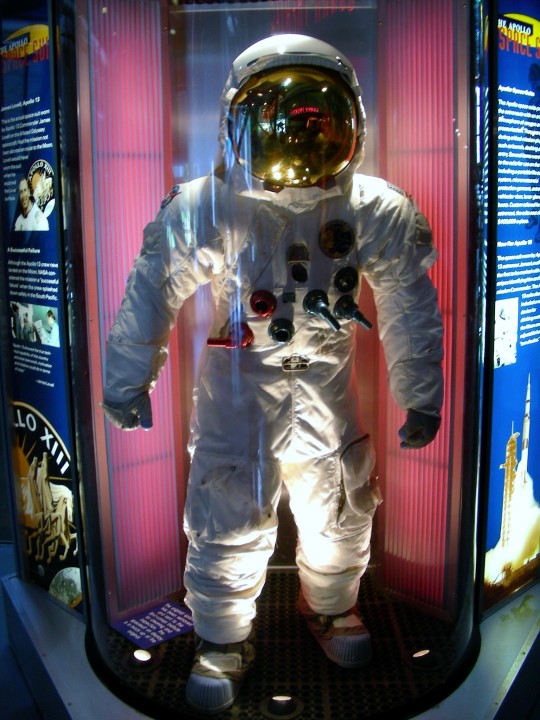
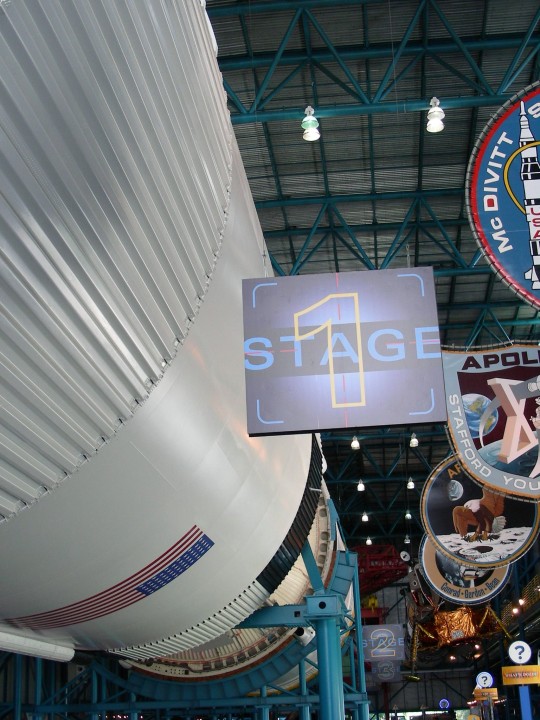

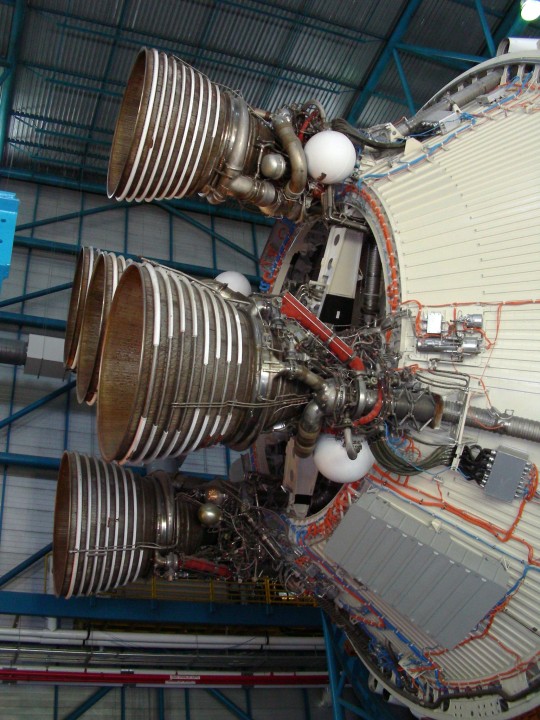



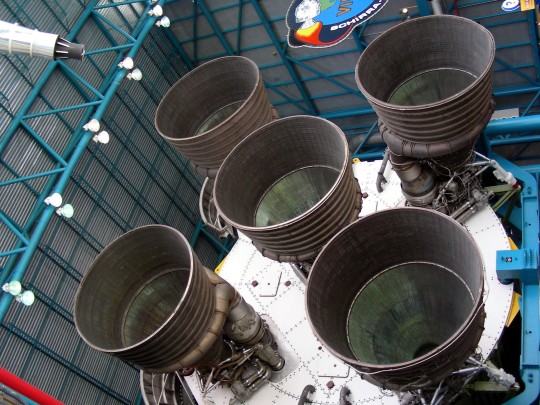



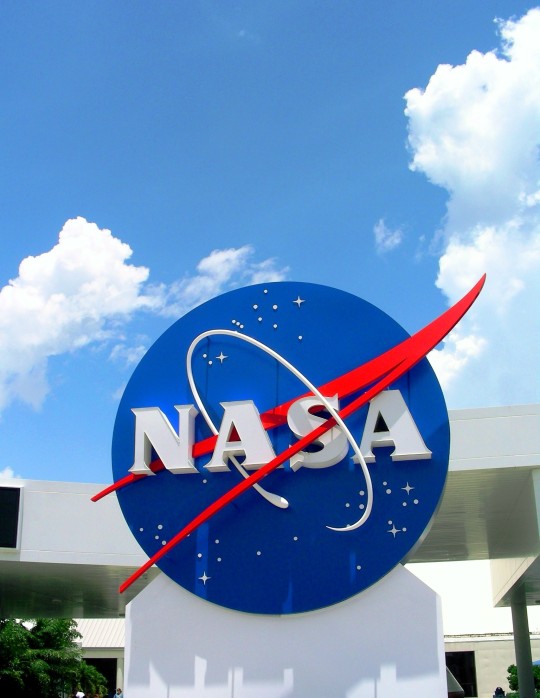
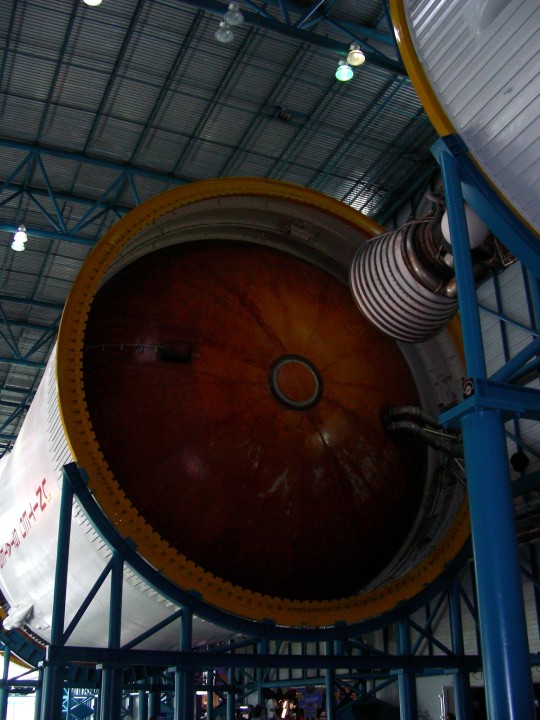


Apollo 13 was launched on April 11, 1970.
#Apollo 13#launched#11 April 1970#anniversary#US history#Florida#USA#Kennedy Space Center#John F. Kennedy Space Center#KSC#NASA#National Aeronautics and Space Administration#Launch Complex 39A (LC-39)#Kennedy Space Center Visitor Complex#Saturn V#engineering#logo#2009#original photography#summer 2010#travel#vacation#tourist attraction#indoors#outdoors#landmark#Jim Lovell's space suit
19 notes
·
View notes
Text






you guys like stars too right :(
#stars#starcore#starflesh#space#spacecore#glitter#glitter stars#galaxy#star#star aesthetic#space aesthetic#astronauts#nasa#national aeronautics and space administration#meow meow#:(#my bf is getting more likes than me#he’s only been active on tumblr for a month#i’ve been here for so long !!!!
322 notes
·
View notes
Video
Mark wants to follow his dreams but his boss finds his poster problematic.
#video#tiktok#tiktoks#funny#lmao#wtf#nasa#national aeronautics and space administration#positivity#work#job#jobs#thelasercorn
94 notes
·
View notes
Text
The Crater Farm

An image of the crater farm in the Lavinia Planitia region on Venus, captured by NASA’s Magellan probe
Source
#planet venus#Magellan probe#NASA#Lavinia Planitia#planetary science#astrogeology#planetary geology#planetary geography#planets#Venus#crater farm#national aeronautics and space administration#craters#venusian craters
129 notes
·
View notes
Text
Artemis 1 is go!
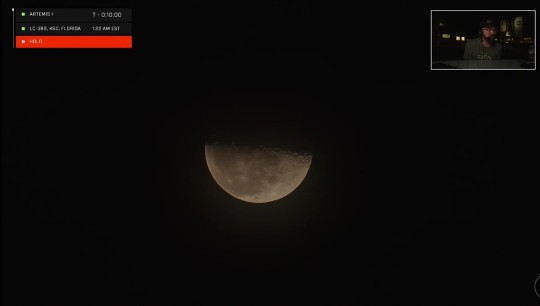



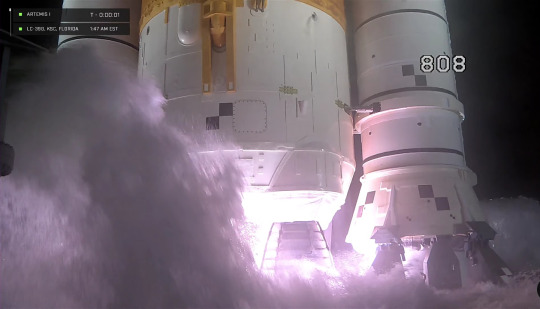
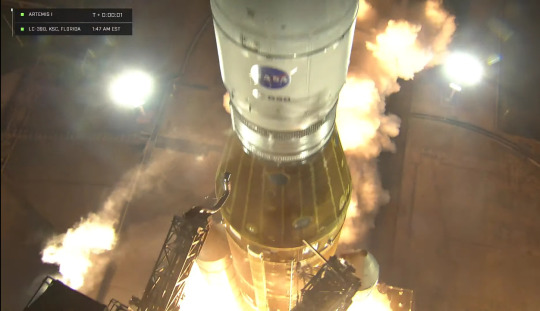
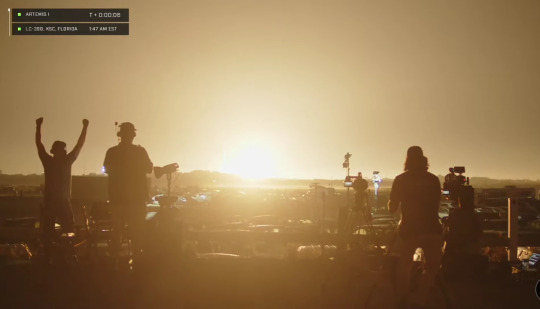


Images via Everyday Astronaut.
#nasa#national aeronautics and space administration#artemis#artemis 1#rocket launches#everyday astronaut#stayed up til past 7am#worth it
55 notes
·
View notes
Text

Posted by Sumit Arora, 18 July 2023
What is International Moon Day?
International Moon Day is an annual day dedicated to the Earth’s one and only natural satellite, the Moon!
It is held every year on July 20, which is the anniversary of the day on which astronauts Neil Armstrong and Buzz Aldrin famously set foot on the Moon in 1969.
The Moon landing is still considered one of humanity’s greatest achievements.
International Moon Day is all about commemorating the Apollo 11 mission while teaching people about the Moon and astronomy.
Significance of International Moon Day
• The General Assembly declared International Moon Day, a United Nations-designated international day to be observed annually on July 20, in its Resolution 76/76 on “International cooperation in the peaceful uses of outer space” in 2021.
• International Moon Day marks the anniversary of the first landing by humans on the Moon as part of the Apollo 11 lunar mission.
• The celebrations will also consider the achievements of all States in the exploration of the Moon and raise public awareness of sustainable Moon exploration and utilization.
History of International Moon Day
• American astronauts Neil Armstrong, and Edwin ‘Buzz’ Aldrin became the first humans in history to land on the Moon on 20 July 1969.
The grand Apollo 11 mission took place eight years after the national goal announcement by President John F. Kennedy to send a man to the moon by the end of the 1960s.
• The idea for the mission to send astronauts to the moon started when President Kennedy appealed to a special joint session of Congress in 1961, stating:
“I believe this nation should commit itself to achieving the goal, before this decade is out, of landing a man on the moon and returning him safely to Earth.”
• At the time of Kennedy’s proposal, the United States was still head-to-head with the Soviet Union in advancements in space exploration and, since it was during the time of the Cold War, the proposal was welcomed.
The first unmanned Apollo mission was initiated by the National Aeronautics and Space Administration (NASA), after five years of effort and hard work by their international team of engineers and scientists.
The first mission served as a testing phase for the structural resilience of the launch spacecraft vehicle.
• At 9:32 A.M. on 16 July 1969, the whole world witnessed Apollo 11 take off from Kennedy Space Center with three astronauts on board — Neil Armstrong, Edwin "Buzz" Aldrin, and Michael Collins.
Neil Armstrong was the commander of the mission.
The spacecraft entered the lunar orbit after three days, on July 19.
The lunar module, Eagle, disengaged from the main command module the next day, manned by Armstrong and Aldrin.
When Eagle touched the lunar surface, Armstrong radioed his historical message to Mission Control in Houston, Texas:
“The Eagle has landed.”
• At 10:39 P.M., Armstrong exited the lunar module and made his way down its ladder.
His progress was being recorded by a television camera attached to the module, transmitting signals back to Earth, where the world was watching with bated breath.
• At 10:56 P.M., Armstrong stepped on the moon’s powdery surface, and spoke his iconic words:
“That’s one small step for man, one giant leap for mankind.”
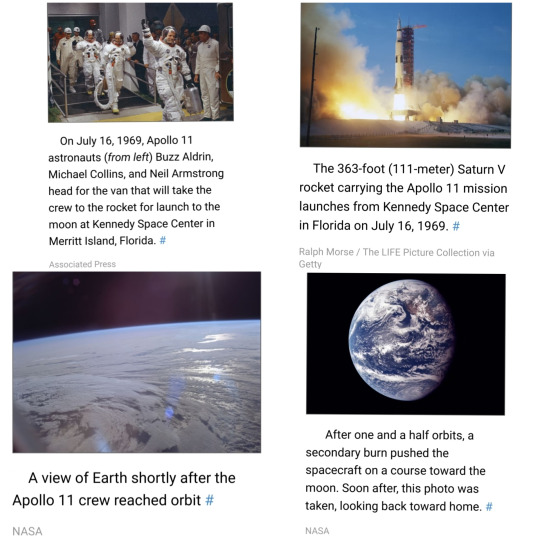



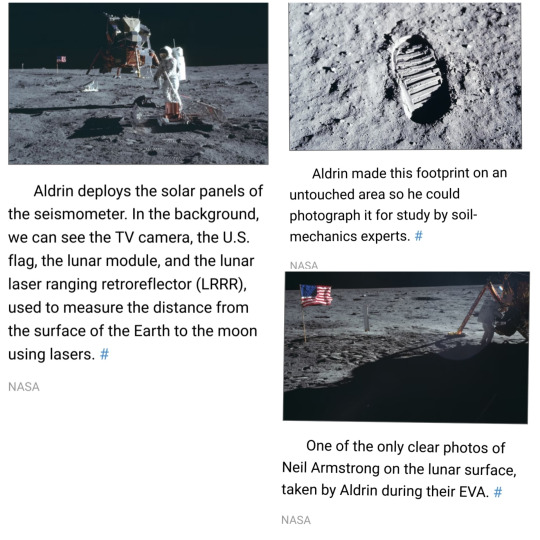



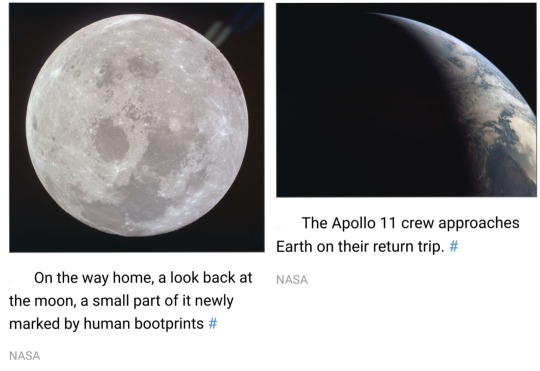
#International Moon Day#July 20#Apollo 11 mission#General Assembly#Resolution 76/76#lunar mission#Neil Armstrong#Edwin ‘Buzz’ Aldrin#Michael Collins#John F. Kennedy#National Aeronautics and Space Administration#NASA#Kennedy Space Center#astronauts#Eagle#lunar module#space exploration#space#United States#spacecraft#outer space#moon#earth#space mission#moon landing#astronomy#Apollo 11#Mission Control Center#Mission Operations Control Room
17 notes
·
View notes
Text
NASA wants to come up with an out-of-this-world way to keep track of time, putting the moon on its own souped-up clock.
It’s not quite a time zone like those on Earth, but an entire frame of time reference for the moon. Because there’s less gravity on the moon, time there moves a tad quicker — 58.7 microseconds every day — compared to Earth. So the White House Tuesday instructed NASA and other U.S agencies to work with international agencies to come up with a new moon-centric time reference system.
Continue Reading.
111 notes
·
View notes
Text

Artemis jumping over the moon!
#Artemis1#wearegoing#artemis#kennedy space center#nasa#national aeronautics and space administration#space#shot#photo#art#night#landscapes#photography#moon#erth#galaxy#astronaut#astronomy#planet#solar system#launch#earth#tumblr#awesome#reblog#love#amazing#florida
168 notes
·
View notes
Photo

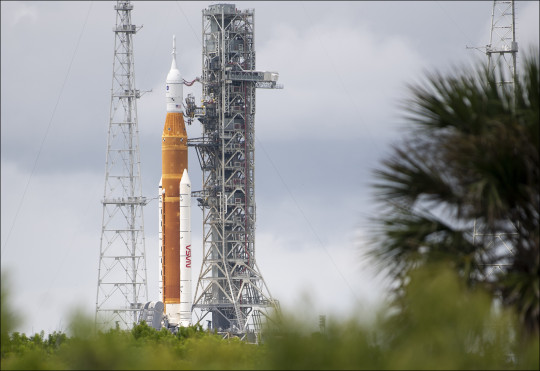


Artemis I
#Artemis#Artemis I#NASA#National Aeronautics and Space Administration#space#science#explore#exploration#moon#luna
47 notes
·
View notes
Text
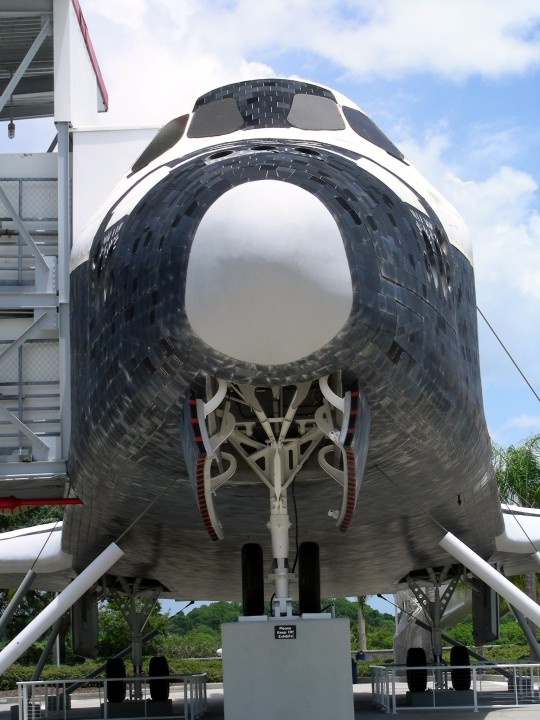


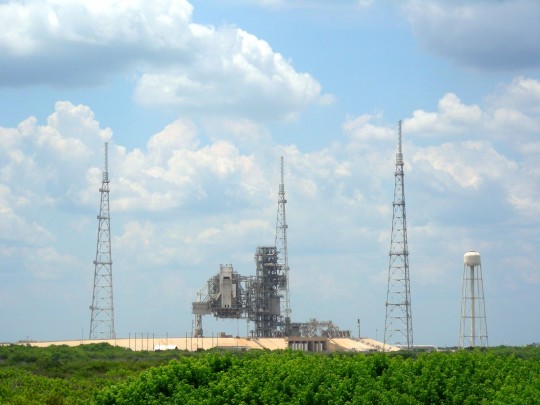
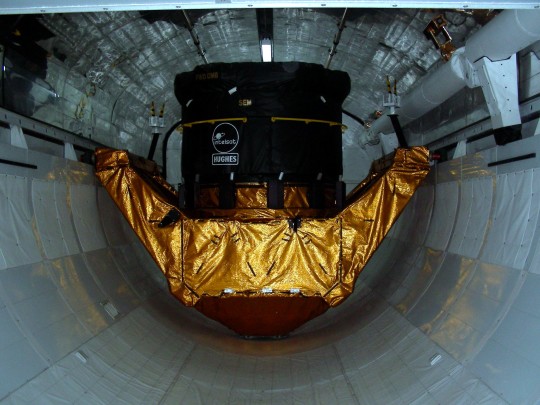


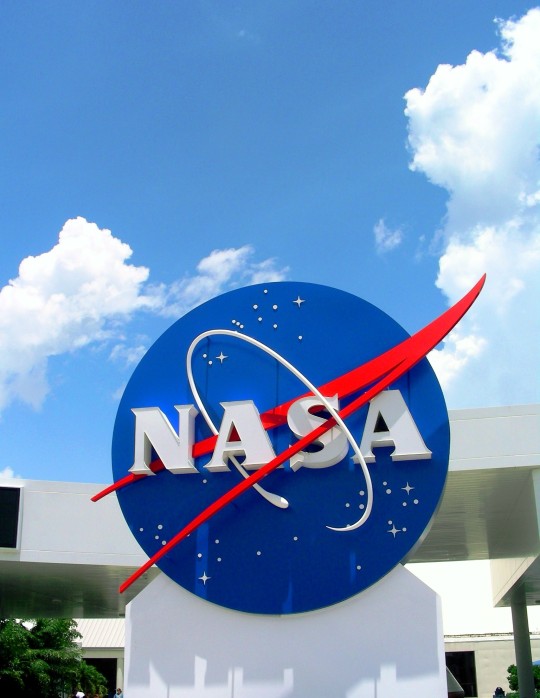






STS-51-L mission: Space Shuttle Challenger exploded after liftoff, killing all seven astronauts on board on January 28, 1986.
#STS-51-L mission#Space Shuttle Challenger#exploded#died#death#USA#28 January 1986#anniversary#US history#Launch Complex 39B (LC-39)#Kennedy Space Center Visitor Complex#NASA#engineering#Florida#travel#National Aeronautics and Space Administration#technology#tourist attraction#landmark#summer 2010#2009#original photography#replica
3 notes
·
View notes
Text

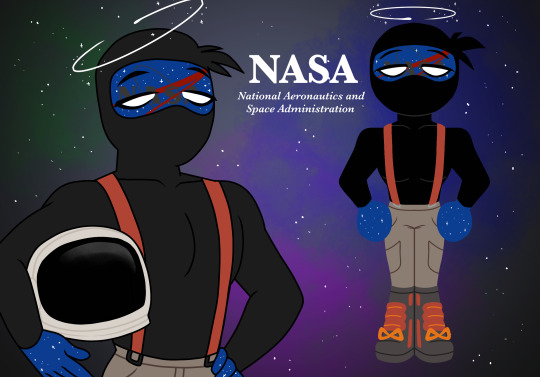

WHO & NASA
#kingok art#countryhumans#?#who#nasa#world health organisation#national aeronautics and space administration
8 notes
·
View notes
Video
NASA postponed the first flight of its Space Launch System rocket on Monday. They plan to launch the massive rocket and the Orion spacecraft, without any astronauts on board, on a trajectory toward the moon.
#video#tiktok#tiktoks#news#nasa#national aeronautics and space administration#artemis i#rocket#rockets#space#washingtonpost
15 notes
·
View notes
Link
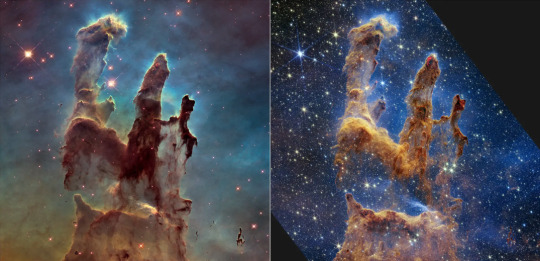
At left, the Pillars of Creation as revealed in visible light by the Hubble Space Telescope in 1995. At right, the new infrared view produced by the Webb telescope. Credit...NASA
#national aeronautics and space administration#NASA#Hubble Space Telescope#James Webb Space Telescope
7 notes
·
View notes